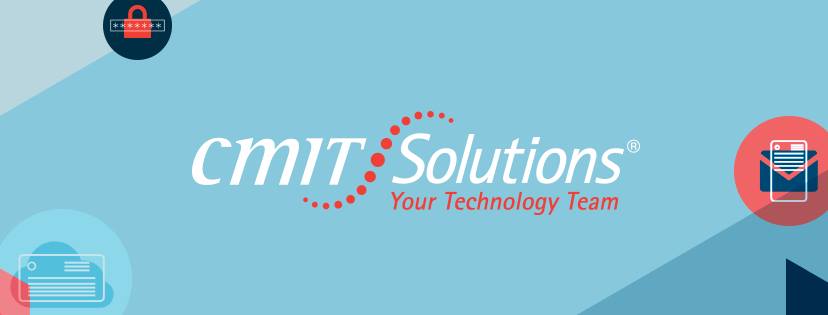Don't let your business fall prey to phishers, scammers and credit card fraudsters
Merrick, NY (Grassroots Newswire)
"Since businesses need to make themselves visible to prospective customers, they are compelled to share a lot of information with the public that individuals tend to keep private, such as their phone number and address," D'Accordo said. "Easy access to private contact information means heightened vulnerability to identity theft."
According to security firm Panda Security, a significant percentage of small businesses haven't taken very basic steps to secure their data assets. A recent survey showed that "97 percent of
"All an identity thief has to do is open up a mailbox in your shared office building, create a fake letterhead, and obtain your business license number, which many businesses are required by law to display. Then the thief is well on his or her way to opening up credit card accounts in your name, filing purchase orders, and running up bills that will eventually come to you," D'Accordo added.
So, what can business professionals do to prevent identity theft? D'Accordo provides the following advice:
- Check Credit Cards – Review your business credit report regularly.
- Review Employee Charge Cards – Go over employee charge card billing statements thoroughly before they are paid, especially if you've issued multiple cards for a single account.
- Educate Employees – They should be on the lookout for phishers, phone and email scammers. People who would never think to open a suspicious-looking email in their personal inbox might not hesitate to turn over your Federal Tax Identification Number and names of key executives to someone posing as a vendor or a government representative.
- Beware of "Inside" Theft - Once an employee leaves the company, make sure you immediately cut off access to all your IT resources. Unfortunately, a lot of identity theft is still an "inside job".
- Protect Company Data – Install a business-class firewall, encrypt your network, assign access privileges sparingly, and perform regular updates to your security software.
"There is no better time than now to make more business owners aware of the dangers of identity theft. We want to bring light to this issue that affects many of our customers and others in the local community," D'Accordo said.
CMIT Solutions of South Nassau offers anti-spam, antivirus, and anti-spyware protection as part of CMIT Marathon – the company's suite of monitoring and maintenance services that keep your IT systems up, running, and protected, 24/7.
For more information about CMIT Solutions of South Nassau please contact Armando D'Accordo at (516) 208-4161.
About CMIT Solutions
Armando brings more than 23 years of experience to the support industry. He has received extensive training in business management, customer service, sales and quality assurance from the
CMIT Solutions started as a small computer support company in Austin , Texas
we have grown into a leading provider of managed services and other computer consulting services with over
120 franchise locations nationwide. We’re able to combine personalized local service with all the technical
resources of a large national company-- offering our small business clients the products, partnerships, and
round-the-clock technical support that standalone locals can’t always provide.







